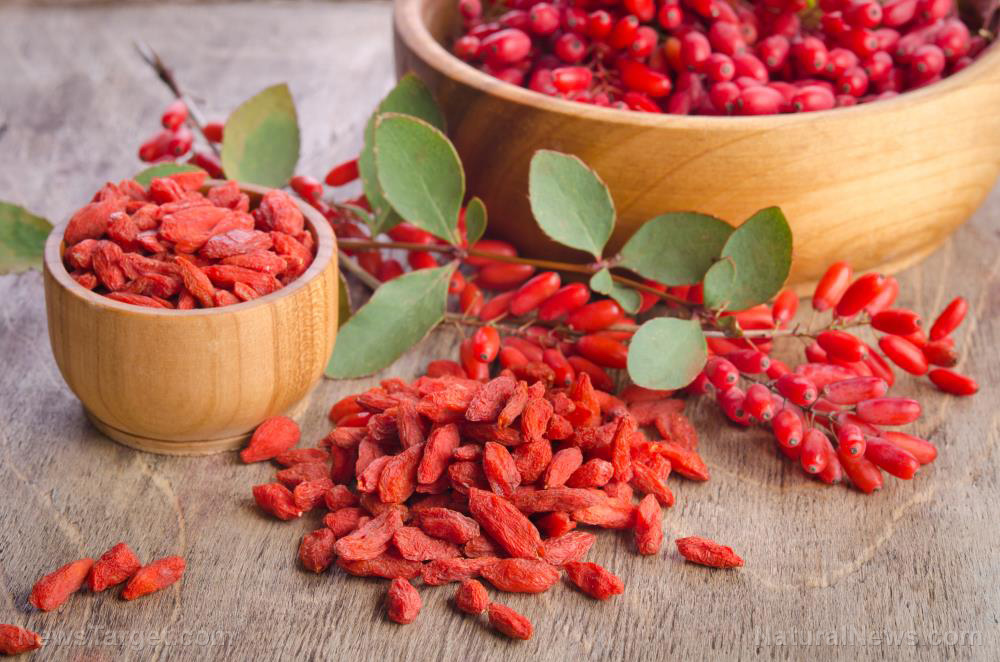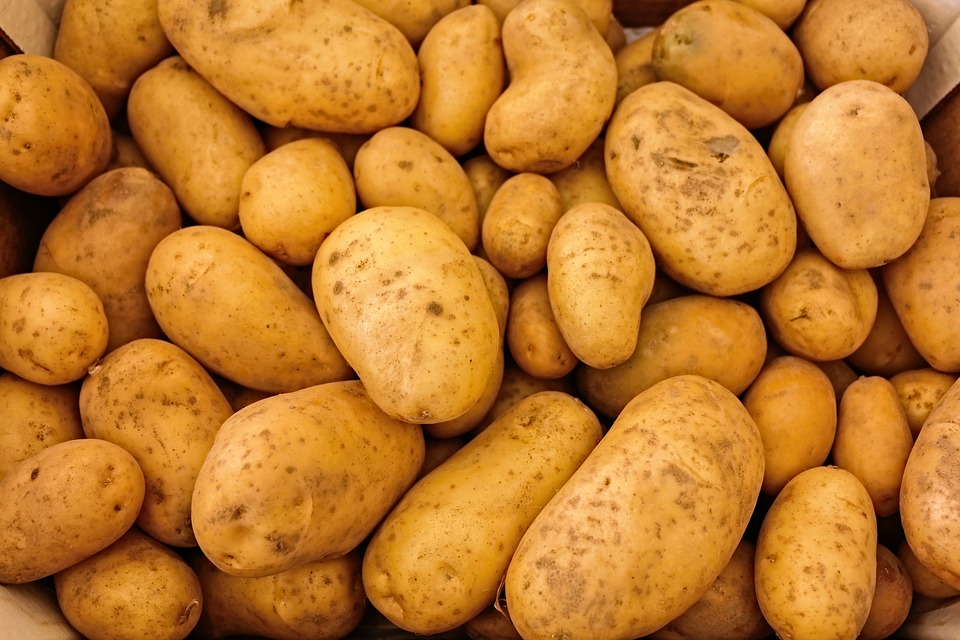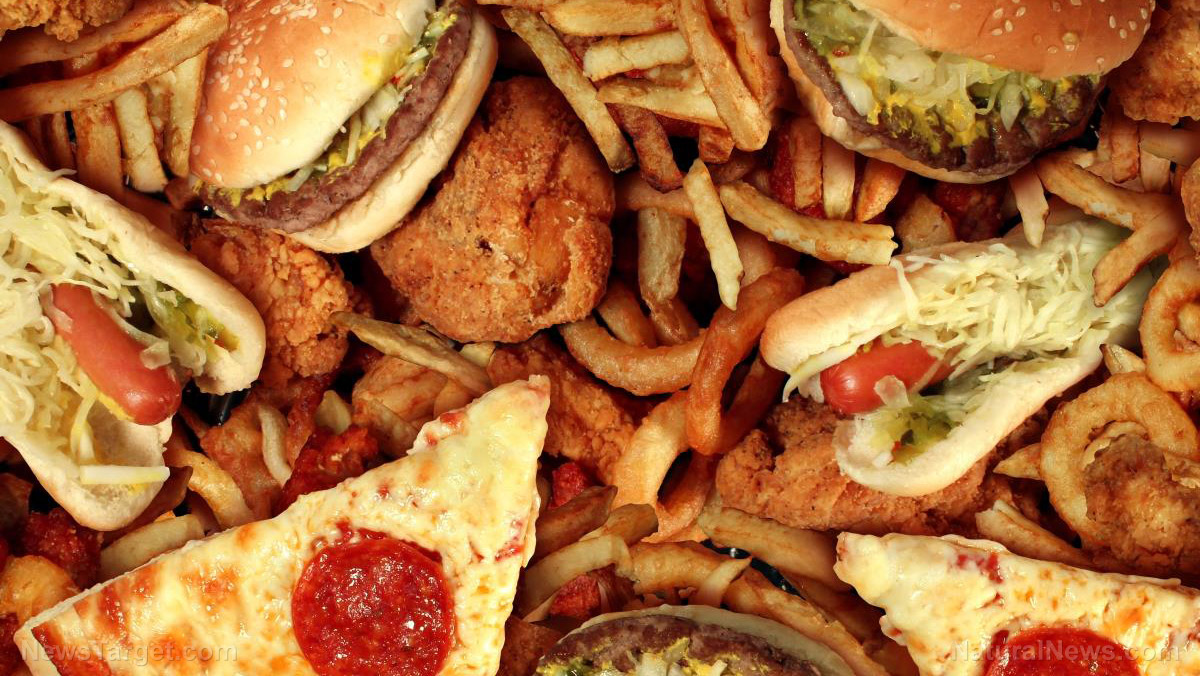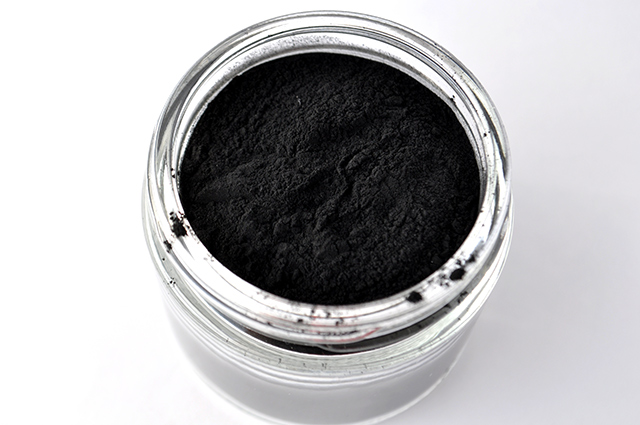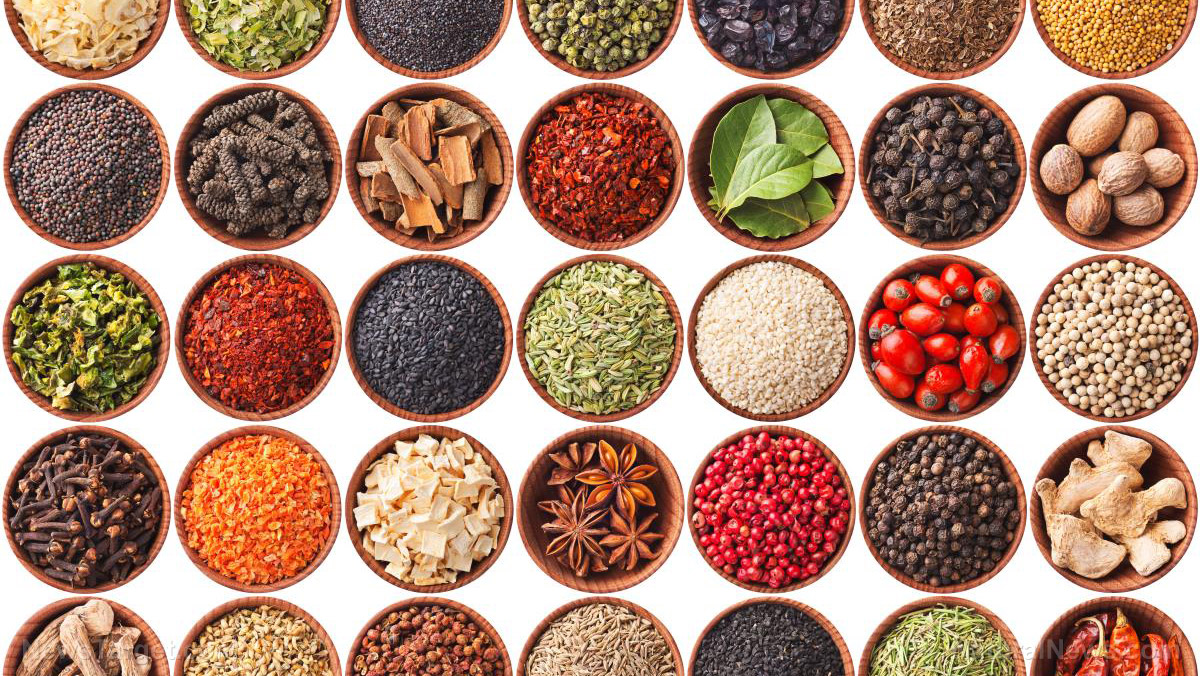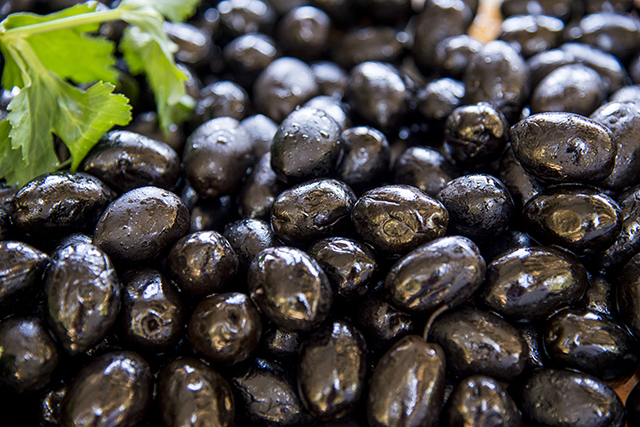Can your snack do that? Oranges detox, energize, provide vitamin C and antioxidants — in a biodegradable wrapper
11/14/2017 / By Rita Winters
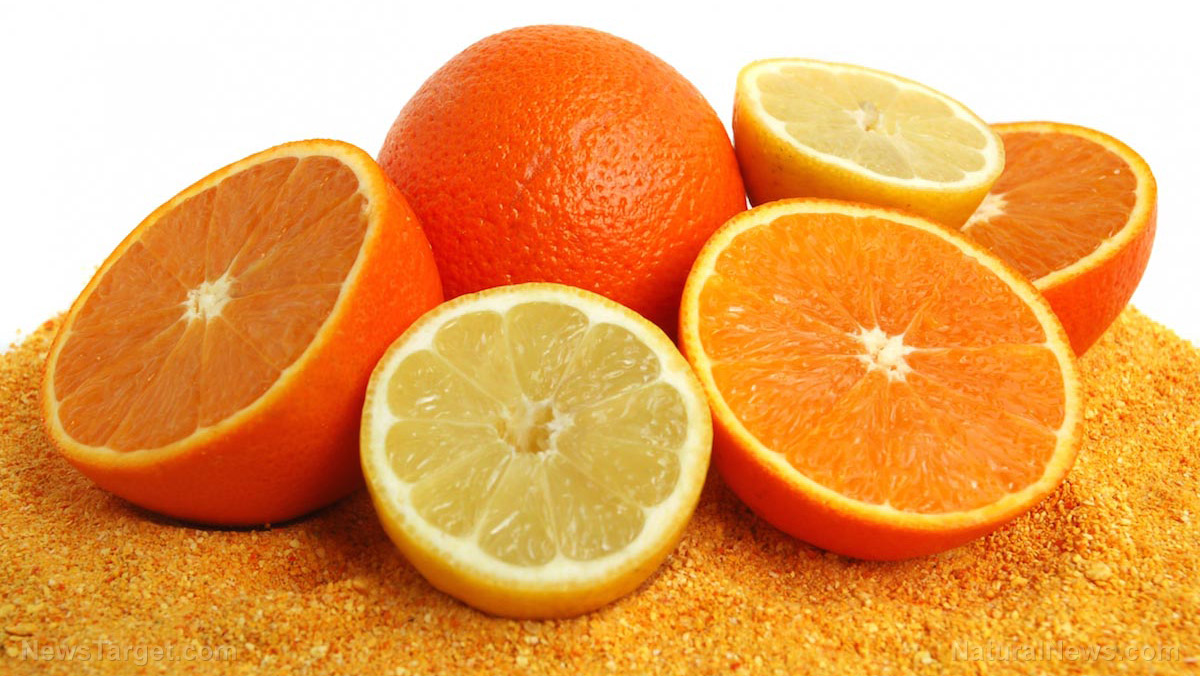
A study from the Singapore Bioimaging Consortium shows that oranges have an overabundance of health benefits. Sandhya Sriram, the program management manager, is convinced that food rich in vitamin C, an antioxidant, can help prevent and relieve the symptoms of certain diseases.
Vitamin C can be found abundantly in citrus fruits. These fruits include oranges, lemons, and limes. Other fruits that have a rich vitamin C content are pineapples, guavas, papayas, and berries. Studies show it relieves the common cold, boosts your immune system, and decreases the risk of stroke and cardiovascular diseases. Vitamin C is also known to nourish healthy and supple skin as well as improve eye health. This antioxidant is needed for the growth and the repair of tissues in all the parts of your body. Vitamin C helps heal your wounds because it also forms an important protein to make the skin, tendons, and blood vessels. Your body cannot make vitamin C by itself, so it is necessary to incorporate it into your daily nutrition plan. Vegetables with high sources of vitamin C are broccoli, Brussels sprouts, cauliflower, green and red peppers, spinach, cabbage, sweet and white potatoes, winter squash, and a lot more. Furthermore, most citrus fruits that require peeling provide natural compost in the form of the peels.
A list of an orange’s nutrients include:
- Ascorbic acid
- Bioflavonoids
- Calcium
- Citrus bioflavonoids
- Copper
- Cryptoxanthin
- Flavonoids
- Folate
- Folic acid
- Hesperidin
- Manganese
- Modified citrus pectin
- Pantothenic acid
- Pectin
- Phosphorus
- Potassium
- Vitamin B1
- Vitamin B2
- Vitamin B3
- Vitamin B5
- Vitamin B6
- Vitamin C
- Zinc
Sriram focuses on how this antioxidant can help people who are obese. She reveals that vitamin C’s effect on subcutaneous and visceral adipose stem cells curbs the excess oxidative stress. There were no conclusions to the study yet, but she assures that having an orange a day keeps the fat away.
Consuming too many unhealthy calories can cause obesity. These excess fats, or adipose tissues, consists of stem cells. Stem cells make more cells of the same type, or different types depending on what an individual consumes. There are different kinds of body fat: subcutaneous (good) fat, and visceral (bad) fat. The subcutaneous fats are found under the skin, and burn calories. Visceral fat is found around abdominal organs, and is usually the accumulated excess.
In order to identify if an individual is overweight or obese, the body mass index (BMI) must be determined. The formula for BMI is one’s weight (in kilograms) divided by one’s height (in meters). This result is then divided by one’s height (in meters). The final quotient is the BMI. Any BMI score between 25 and 30 is considered overweight, and scores above 30 are obese.
As reported by the World Health Organization (WHO), there were around 1.9 billion adults (or those 18 years and older) who were overweight in 2016. Of this population, 650 million were obese. The health group estimates that this number is expected to increase with each passing year. Obesity can lead to various disorders and diseases: arthritis, cancer, infertility, diabetes, heart diseases, stroke, and back pain.
According to Sriram, these co-morbid conditions can be avoided by following the “ABC rules.” These are:
- Adopt new healthy habits
- Balance your calorie intake, and
- Control your weight gain.
However grim obesity may be, it is fortunately preventable.
Further studies on vitamin C and its association to reducing the risks of obesity will help address nutritional deficiency issues, which will also include epidemiological studies on chronic diseases and other non-communicable forms of diseases.
Sources include:
Tagged Under: antioxidant, cardiovascular disease, citrus fruits, fresh fruit, healthy snacks, heart health, nutrients, obesity, Orange, prevent disease, skin health, slender, vitamin C

